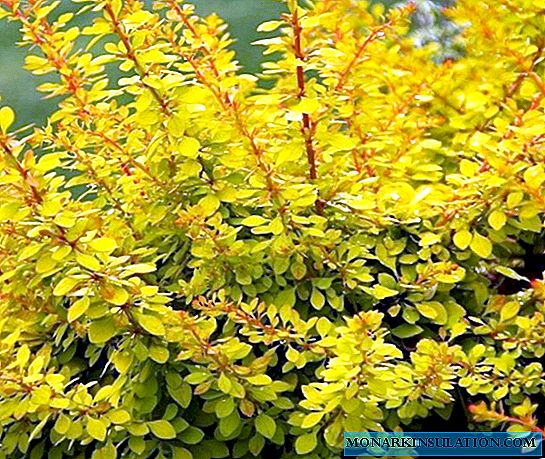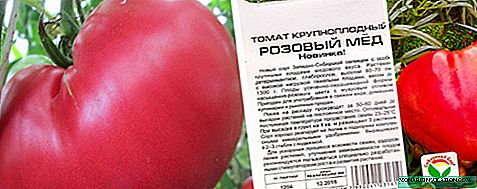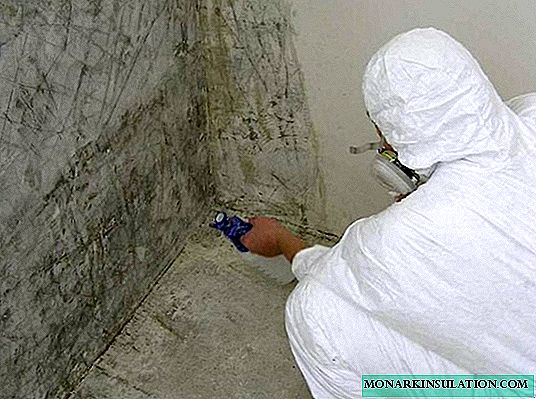
A moist and cool cellar is an ideal storage for vegetables and preservation. Unfortunately, this environment is also favorable for dangerous mold. You can get rid of it by various methods.
Sulfur Checker
The application of this method does not require special skills, but it is necessary to familiarize yourself with the instructions. Indeed, during the combustion of a smoke bomb, sulfur dioxide is released - a poisonous gas that is dangerous to human health.
Sulfur checker is used not only to get rid of mold, but also to kill insects, mushrooms and rodents. Before use, the room must be vacated. In addition to all food products, even hermetically packed, you need to take out products from wood and metal. Items that cannot be removed should be wrapped with foil.
Place the checker in the center of the cellar on a brick pedestal or at the bottom of an old bucket. Light the wick and leave the room immediately. Close the doors and lay all the cracks. It will burn for several hours. Keep the room closed for another 2 days. After this, it must be carefully ventilated.
Chemicals
The modern market for specialized mold remedies pleases with variety. Chemicals have more advantages than other methods of getting rid of pathogenic fungi:
- use does not require additional skills;
- safe for humans;
- breadth of use (some drugs can be added to building mixtures for prevention);
- gentle effect on the wall;
- complete disposal of mold;
- long-term effect.
Cellar mold white
An effective and fast method of getting rid of dangerous microorganisms. It is necessary to dilute the concentrated solution from whiteness and water, then treat the walls with it. Be sure to observe the following precautions:
- clothes made of thick fabric covering all parts of the body;
- respirator.
The room must be freed from food in advance.
15-20 minutes after treatment with a spatula, remove the top layer from the affected areas, dry them with paper or gauze. Allow to dry completely.
Ammonia
A solution of ammonia and water in a ratio of 1: 1 is sprayed onto the surface damaged by the fungus. After 1-1.5 hours, rinse with water. Ventilate the room well during and after treatment.
Great for smooth surfaces (tile, glass). Porous materials do not completely remove mold.
Lemon acid
A quick and safe way for people to get rid of mold. Organic acid adversely affects the reproduction of fungi.
Dissolve 1 tsp in a glass of water. "lemons" and handle the walls.
Blue vitriol
Dilute blue vitriol granules in warm water, about 40 ° C, so the powder dissolves faster. The optimal ratio is 100 grams of vitriol per 10 liters of water. It is more convenient to first mix it with a smaller amount, and then add the liquid.
Apply the solution to mold-damaged areas and leave for 5-6 hours. Then remove the mushrooms with a spatula.
Lime
Whitewashing the cellar is the oldest way to combat fungus. First, the surfaces are cleaned, then covered with a lime solution (2 kilograms of quicklime per 10 liters of water). For greater effect, you can add vitriol or a chemical agent against mold.
Quartzing
Quartz lamps are great for killing mold spores. The device acts only on open areas. His work will be useless if the fungus is hidden under the plaster.
Apply the method several times a day for 30 minutes with large-scale foci of infection. After quartzizing, the room is ventilated for 30-40 minutes, only then can the walls be treated with additional chemicals for a better result.
Warm air treatment
Dampness is the main cause of mold. A dehumidifier or heat gun will help to normalize the level of humidity. Their power is selected depending on the area of the room. For a space of 20 square meters. m. a small unit that holds 20 liters is suitable. water.
First, a hygrometer measures the humidity in the cellar. The norm is 85-95%. Heat treatment will start after all indicators are set on the device display.
The duration of the work depends on the dimensions of the basement and deviations from the norm of humidity.











